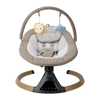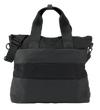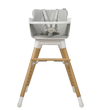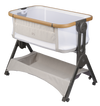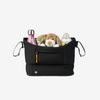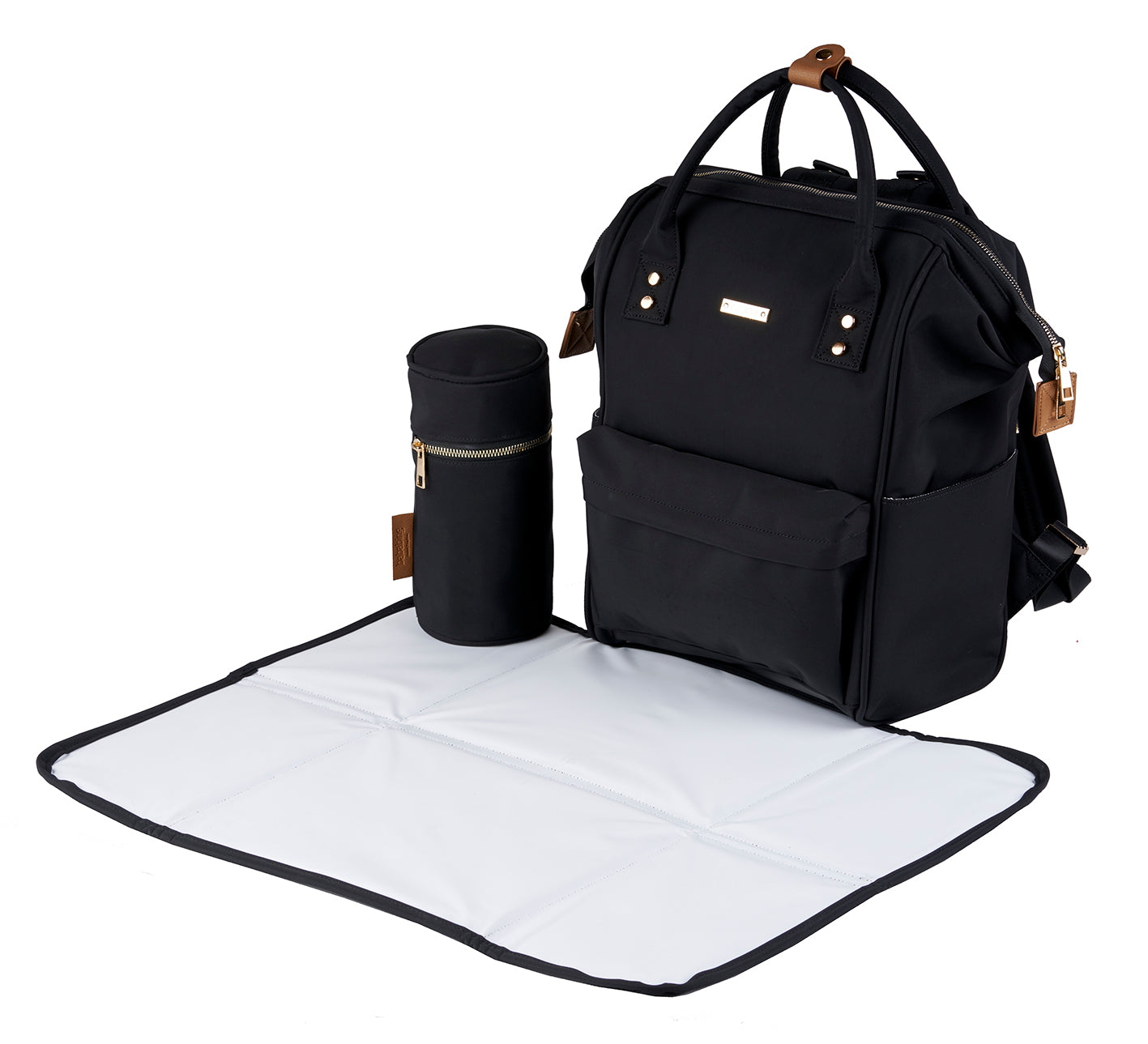While we often think of babies as having naturally super-soft, perfect skin, infants can also be very sensitive and prone to rashes, dryness, and eczema. So, you’ll need to make sure you’re giving their delicate skin all the TLC it needs to stay healthy. In this blog post, we’ll share our top tips for keeping your baby’s skin clean and beautifully soft to the touch.
Don’t bathe them too often
To keep your baby clean without irritating their skin, you should be bathing them no more than 2–3 times a week. Bathing more often than this can strip their skin of its natural oils and cause dryness and irritation. Of course, you can still clean their nappy area as often as you need to using a soft damp cloth or baby wipe after changing.
At bath time, you should only ever use warm water, as hot water can be irritating and drying. It’s also better to use shampoos and soaps that are specially formulated to be gentle enough for baby’s skin. You can learn all about keeping your little one nice and clean in our guide to bathing your baby.
Take care with new born skin
New born babies have naturally wrinkly skin that is covered by a thin, waxy substance called the vernix. This is completely normal, and acts as a protective seal during and after birth. The vernix will naturally peel off during the first week or so of your baby’s life but, if there’s still some left on their skin when you bring them home, there’s no need to try to speed up the process or wipe it off. The vernix will shed naturally, so continue your new-born routine as normal and let nature take its course.
Prevent dryness with baby lotion
The simplest way to prevent dry, flaky skin is by regularly applying a good layer of moisturising lotion for sensitive infant skin. The best time to apply this is right after a bath: pat your baby dry with a soft towel and massage the moisturiser into their arms, legs and body using gentle circular motions. Be sure to let the lotion sink into their skin fully before dressing them, as this will help to prevent nappy rash.
If you think your baby’s skin is looking a little dry or uncomfortable between baths, feel free to apply more moisturiser as needed. If your baby’s skin is very red, or they develop a raised, bumpy, or sore-looking rash that seems to be causing them discomfort, then you should always consult your doctor.
Know the symptoms of nappy rash
Appearing as a red, inflamed rash in the diaper area, nappy rash is a very common skin complaint in young babies, and most infants will suffer from it at some point in their lives. But it can still be very uncomfortable for them, so you should follow a careful hygiene routine to try and stop rashes from forming.
Nappy rash is caused when your baby is left in damp nappies or clothing for too long. So, the easiest way to avoid it is to change their nappy as quickly as possible after soiling, and take care to completely clean and dry your baby every time you change them.
Avoiding baby wipes that contain fragrances or alcohol will help, as these can irritate sensitive skin. And it’s also a good idea to let your baby lie on a clean towel without a nappy on for as long as possible to let fresh air get to their skin. You can learn more about treating nappy rash in the NHS pregnancy and baby guide.
Protect delicate skin from the sun
It’s wonderful to go out and get some fresh air with your new baby, especially during the summer months. But babies have very delicate skin, so you’ll need to ensure they’re fully protected before heading out into the sunshine together.
You shouldn’t use sun cream on your baby until they’re at least six months old, as it’s not yet known if these formulas are safe for infant skin. So, if you take your little one out on a sunny day, make sure you cover up their skin with clothing and hats, and use a sun screen on your pushchair. Be careful not to leave their pram sitting in direct sunlight and seek shade whenever you can. Don’t forget about protecting your baby in the car, too: you should fit a set of sunscreens in the rear windows.
Once your baby is six months old, you can start applying sun cream. Use an SPF 50 sun screen that has been specially formulated for infants and apply liberally on all exposed areas of the body before taking your little one out into the sunshine. Just remember to still avoid direct sun exposure between 11am and 3pm, when the sun is at it’s strongest, and seek shade whenever you can.
Don’t forget to take your baby's skin care essentials with you!
When you’re out and about, you’ll need to make sure you have all the essentials you need to keep your baby comfortable. So, you’ll want to keep the following skin-care saviours in your changing bag at all times:
- Barrier cream: For treating nappy rash.
- Moisturising lotion: To touch up any dry spots on the go.
- Baby wipes: These should preferably be alcohol- and fragrance-free.
- Muslin squares: You can never have too many clean muslin cloths! Perfect for drying your baby off.
- Hand sanitiser: Washing your hands before and after changing will help to keep your baby safe.
You can learn more about what to pack in your nappy bag with our handy checklist.
A proper skin care routine will ensure your baby’s skin is always soft, clean, and healthy, which will help to keep them happy and comfortable. So, follow the tips we’ve shared here to keep your baby’s skin looking and smelling completely gorgeous!





